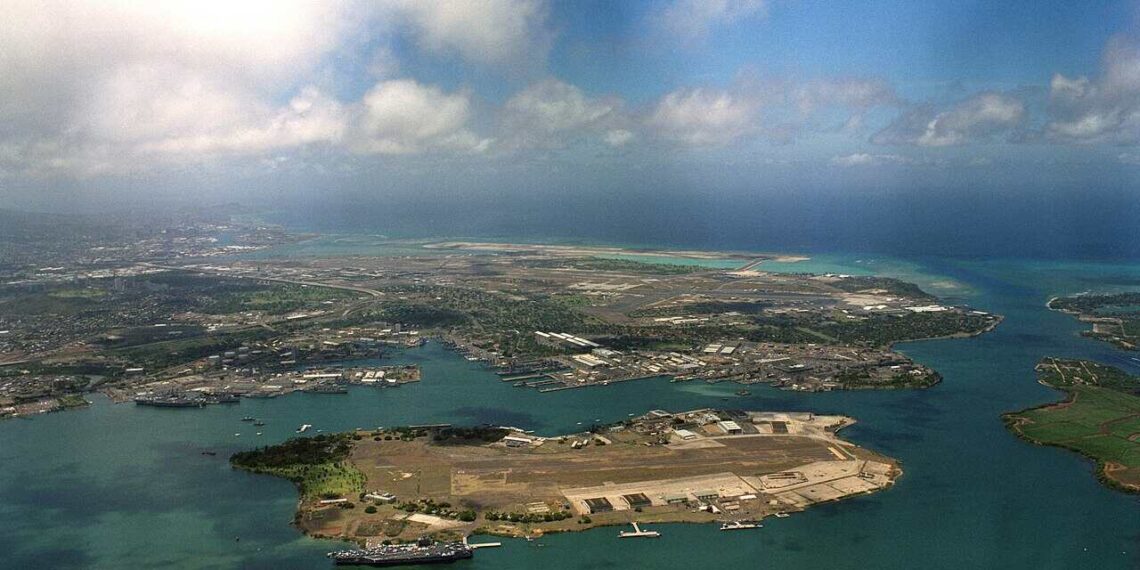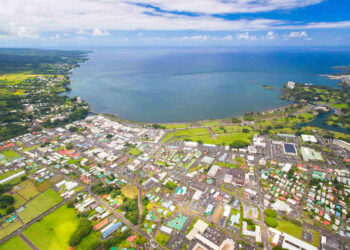Nestled along the southern coast of O‘ahu, not very far from the busy city of Honolulu, Pearl Harbor is a calm and beautiful bay that holds one of the most powerful stories in American history. The harbor itself is peaceful, with quiet waters, gentle winds, and boats drifting in the distance. But beneath this exact calm surface, there lies a story that changed the very course of the 20th century.
Pearl Harbor is not just a harbor, but it is a place where history, war, and honor come together. Today, it serves as a living museum which acts as a place to reflect, to learn, and to remember the lives that were lost and the lessons that were gained from one of the most significant events in modern history.
History of Pearl Harbor
In the past, way long before Pearl harbor became known to the world through 2nd world war, Pearl Harbor was known by Native Hawaiians as Wai Momi, which means “Waters of Pearl.” It was once full of oysters and was considered a holy and sacred place, deeply connected to the local culture and traditions. Native Hawaiians were the ones who fished in its waters, sailed its calm seas, and lived in nearby villages, the harbor being a vital part of daily life. In the late 1800s, as the Hawaiian Islands opened up to the rest of the world, Pearl Harbor began to change dramatically. Pearl Harbor being in the strategic location in the Pacific ocean made it very important for trade activities, and eventually, led to the military presence of USA. By the early 1900s, the United States had transformed the harbor into a major naval base, bringing with it ships, submarines, and service members who lived and worked along its shores.
In the calm morning of December 7, 1941, at 7:55 a.m. without any warning, Japanese planes flew over the harbor and launched a surprise attack that lasted less than two hours but left devastation in its wake. Battleships burned, smoke filled the sky, and more than 2,400 American citizens lost their lives. The USS Arizona which wasone of the most iconic ships from that day, was struck and sank quickly, taking with it over 1,100 sailors and marines. The attack on Pearl Harbor shocked the entire world and pushed the United States into World War II. It was a very turning point, not just for America, but for the global history and for many families, that day became a deep scar, and for others, it became a story of bravery and sacrifice. Visitors from around the world come here to learn about what happened, to pay their respects, and to stand in the presence of history.
Places to visit
1) USS Arizona Memorial
The most well-known part of the memorial is the USS Arizona Memorial, a white structure that floats above the sunken remains of the battleship in the sea. To reach it, visitors can take a short boat ride across the harbor. As one stands above the ship, one can still see parts of it just below the water’s surface.
2) Battleship Missouri Memorial
One of the most famous site in Pearl harbor is the Battleship Missouri Memorial, also known as the “Mighty Mo.” This enormous ship sits nearby the Arizona Memorial and represents both the beginning and end of the U.S.’s involvement in World War II. The war began with the attack on Pearl Harbor from Japanese, and it ended on the deck of the Missouri in Tokyo Bay, where Japan formally surrendered in 1945. Walking on its decks, visitors can explore the ship’s living quarters, engine rooms, and see the very spot where the surrender was signed.
3) USS Bowfin Submarine Museum & Park
Another major stop is the USS Bowfin Submarine Museum & Park. Nicknamed the “Pearl Harbor Avenger,” the Bowfin museum launched exactly one year after the attack. Today, visitors there can climb inside this preserved World War II submarine and experience themselves how tight and intense life beneath the sea could be. The museum also shares stories of submarine warfare and the vital role these vessels played during the war. The Bowfin also has a museum nearby with detailed exhibits on submarine warfare, communication systems, and the daily lives of the crews. There are also interactive displays, personal stories, and even restored artifacts that tells the story of the submarine service during the war.
4) Pearl Harbor Aviation Museum
Also part of the larger Pearl Harbor site is the Pearl Harbor Aviation Museum, located in the original hangars that survived the attack. The museum houses real planes from the era, including some that flew on the day of the attack. Visitors can learn about the evolution of aviation, pilot training, and how air power shaped the Pacific War.
Pearl Harbor is not just a place where history is told—it’s where history lives. The people who come here often leave changed. It’s not just the facts and numbers, but the faces, the letters, the uniforms, and the quiet voices of the past that touch visitors most deeply. For veterans, it’s a place of pride and memory. For families, it’s a connection to those who served. And for younger generations, it’s a powerful lesson in peace, resilience, and the cost of conflict.
A Visit That Stays With You
Whether you are a history enthusiast, a traveler curious about the past, or someone who is simply looking for a meaningful experience while visiting O‘ahu, Pearl Harbor definitely offers something precious. The museum exhibits, the memorials, and the peaceful harbor itself, they all come together to form a place that honors both tragedy and triumph. In the end, Pearl Harbor is more than just a historic site, it is a living reality of peace and forgiveness.











